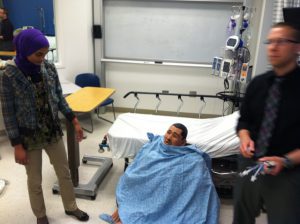Burden of emergency medical diseases around the world
May 13th, 2019Global Medical Emergencies Document
Razzak J, Usmani MF, Bhutta ZA. Global, regional and national burden of emergency medical diseases using specific emergency disease indicators: analysis of the 2015 Global Burden of Disease Study. BMJ Glob Health 2019;4:e000733. doi:10.1136/ bmjgh-2018-000733
“……In general, an emergency condition was defined as those requiring interventions within minutes to hours to reduce the chance of disability and death and improve health outcomes.
Razzak and his team’s results show a 6 percent increase in deaths of adults and children due to emergency conditions between 1990 and 2015. Over the 25-year period, the most significant decrease was found in upper-middle-income countries, and the lowest level of decrease — between 11 and 15 percent — in poorer nations. Overall, the mortality burden of medical emergencies was found to be more than four times to five times higher in low-income countries around the world compared to high-income countries.
Globally, injuries from accidents, falls and burns (22 percent), heart attacks (17 percent), lung infections (11 percent) and strokes (7 percent) made up the top emergency conditions and diseases in 2015. Other conditions such as diarrheal diseases and malaria had a lower overall global burden, but were more prevalent in low-income countries. The analysis also showed that emergency diseases affect men much more than women, and half of all the emergency disease burden was among people younger than 45 years old.
Countries with the lowest mortality and morbidity burden of medical emergencies included Bahrain, Israel and Kuwait, while Chad, Niger and Mali had the highest burdens. China, India and the United States, the three most populous countries studied, were ranked globally at 64th, 144th and 47th out of 195, respectively, in terms of the lowest burden of emergency diseases……”


